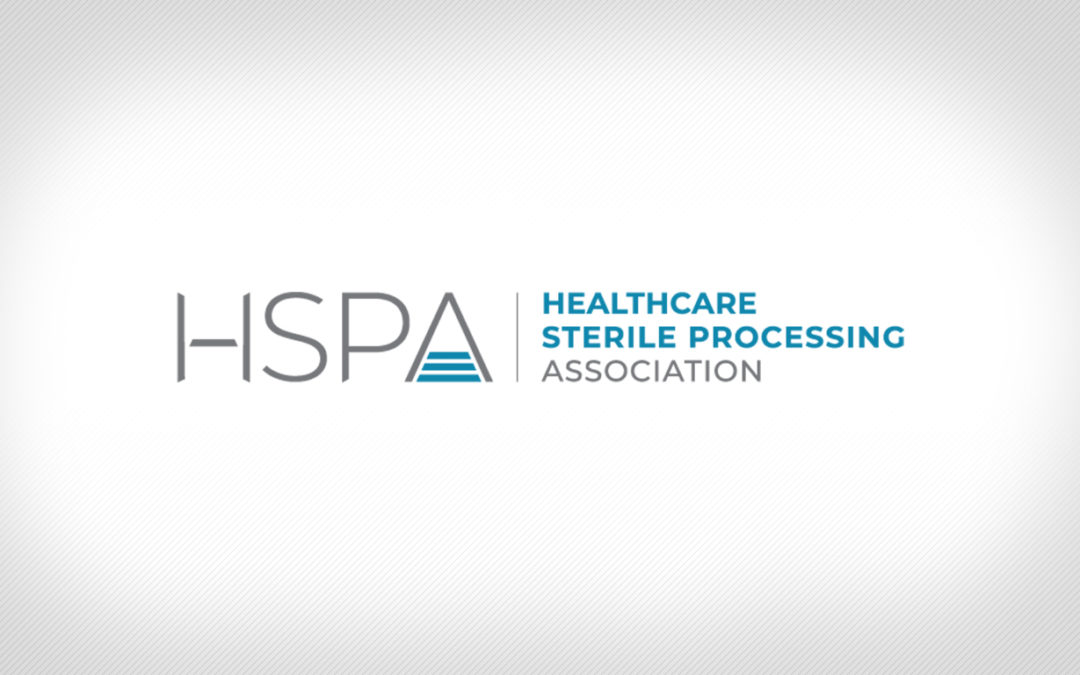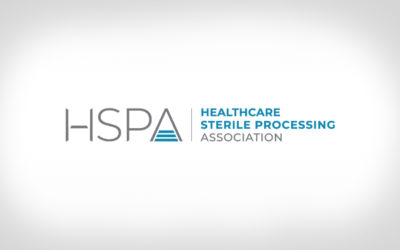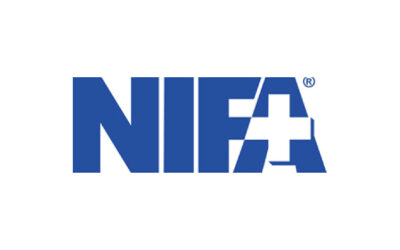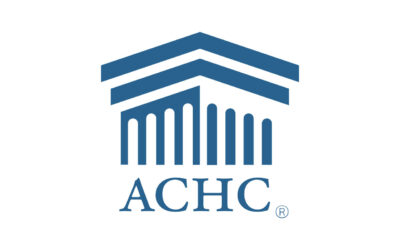
By Susan Klacik, BS, CRCST, CIS, CHL, ACE, FCS
The Society for Healthcare Epidemiology of America (SHEA) establishes infection-prevention processes and supports antibiotic stewardship among healthcare providers. The organization recently released the SHEA/IDSA/APIC Practice Recommendation: Strategies to prevent healthcare-associated infections through hand hygiene: 2022 Update. This document highlights recommendations to help acute care hospitals prioritize and adopt strategies to prevent healthcare-associated infections through proper hand hygiene. Note: This document updates Strategies to Prevent Healthcare-Associated Infections in Acute Care Hospitals Through Hand Hygiene, which was published in 2014.
Research shows how hands can contaminate the environment, and recommendations are provided to reduce that risk. This article identifies some key changes to the SHEA/IDSA/APIC recommendations that directly affect Sterile Processing (SP) professionals. The previous recommendations were categorized as best practices; however, the updated version calls them essential practices to emphasize their importance. Some recommendations are categorized as “additional approaches,” which may be considered for use in locations and/or populations within hospitals during outbreaks or when healthcare-associated infections (HAI) are not controlled after implementation of essential practices. Additionally, two new recommended practices pertaining to glove use and prevention of environmental contamination were incorporated.
Hand health basics
Healthy skin and fingernails are essential for effective hand hygiene. Healthy hands are those free from pathogenic flora, redness, cracks or wounds; short, natural fingernails are also essential, and measures should be taken to prevent dermatitis (skin irritation). Evidence reveals that alcohol-based hand sanitizer (ABHS) are the preferred type of hand sanitizer in most clinical situations and are considered superior to handwashing in preserving skin integrity for healthcare professionals. Numerous types of ABHS delivery systems are available, including liquid, gel, foams and wipes. When using an antimicrobial hand sanitizer, the dispensed dose must be sufficient to cover all surfaces of the hands. Touch-free dispensers provide an average dose ranging from 0.6 mL to 1.3 mL, with a normal drying time of 12–22 seconds. It’s important to note that for individuals with larger hands, a bigger dose of 4–6mL may be needed to reduce bacteria on hands. ABHS are effective hand sanitizers when performing tasks on the clean side of a sterile processing department (SPD) such as in supply distribution, instrument assembly, and packaging areas. Note: When working in the decontamination area where items are contaminated, hands should be thoroughly washed
Allergens may be associated with hand hygiene products; such allergancs could include antiseptics, latex, rubber accelerators, fragrances, surfactants and preservatives. It is important to note that hand hygiene products containing triclosan should not be used due to potential hormonal effects and their role in antimicrobial resistance. Containers for ABHS should be convenient located, readily available and clearly marked “ABHS” to prevent confusion with hand moisturizers and other similar-looking products.
When performing hand hygiene (for both handwashing and hand sanitizing), employees should ensure full coverage of all hand surfaces—and for the appropriate length of time (always closely follow the product’s instructions for use).
Glove, sink and drying recommendations
Ensuring gloves are properly sized for each employee is imperative because hand contamination increases when gloves fit poorly. For example, gloves that are too large likely will result in exposed skin; too-small gloves can tear or rip, allowing chemicals and contaminants to reach skin. Healthcare personnel should be trained how to use gloves properly; understand the risks of self-contamination; know and follow facility protocols related to hand hygiene, including how to appropriately don (put on) gloves; when to change gloves; methods of doffing (removal) to reduce hand contamination; and how and when to wash hands after gloves are removed. Note: Hands should be cleaned immediately after removing gloves. Ongoing observation (e.g., of glove use, donning and doffing practices, and immediate hand hygiene following glove removal) is recommended.
Handwashing sinks should be constructed according to local administrative codes. Handwash sinks should be included in the infection control risk assessment. Substances that promote the growth of biofilm, such as body fluids and food, should not be disposed of in a handwash sink. Handwash sinks and faucets should be disinfected daily with a U.S. Environmental Protection Agency-registered disinfectant. Single-use towels should be conveniently located at the handwash sink. Jet air dryers are not recommended in SPDs; a study showed that the use of jet air dryers left microorganisms on washroom floors, and microorganisms were found on the surfaces of jet air dryers. The study’s researchers concluded that single-use towels had less risk for spreading organisms and that jet air dryers are not acceptable for clinical use.
It is recommended that preventive maintenance and quality checks be performed on all sterile processing equipment and hand hygiene equipment and supplies. Routine audits of the accessibility and functionality of hand hygiene equipment and supplies should also be performed to ensure equipment is functioning properly (for example, ABHS dispensers be tested for proper functioning each time they are refilled, according to the National Fire Protection Association). Equipment audits can help pinpoint broken or empty dispensers or sinks in need of repair.
Conclusion
Proper hand hygiene plays a critical role in healthcare infection prevention efforts and must be consistently and effectively adopted by all sterile processing professionals and other healthcare employees. Healthcare facilities should establish and implement hand hygiene improvement programs; this can include system and infrastructure changes such as the availability of alcohol-based hand rubs; education; evaluation and feedback; and reminders (i.e., posters).
The SHEA/IDSA/APIC Practice Recommendation: Strategies to prevent healthcare-associated infections through hand hygiene: 2022 Update is available at shea-online.org (under the ”news” tab).
Susan Klacik, BS, CRCST, CIS, CHL, ACE, FCS, serves as a Clinical Educator for the Healthcare Sterile Processing Association










